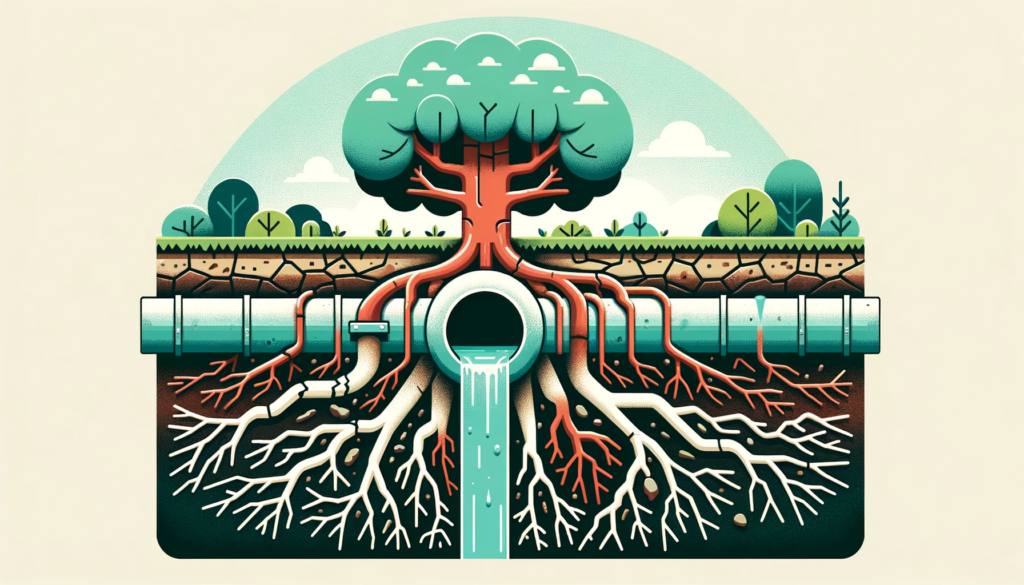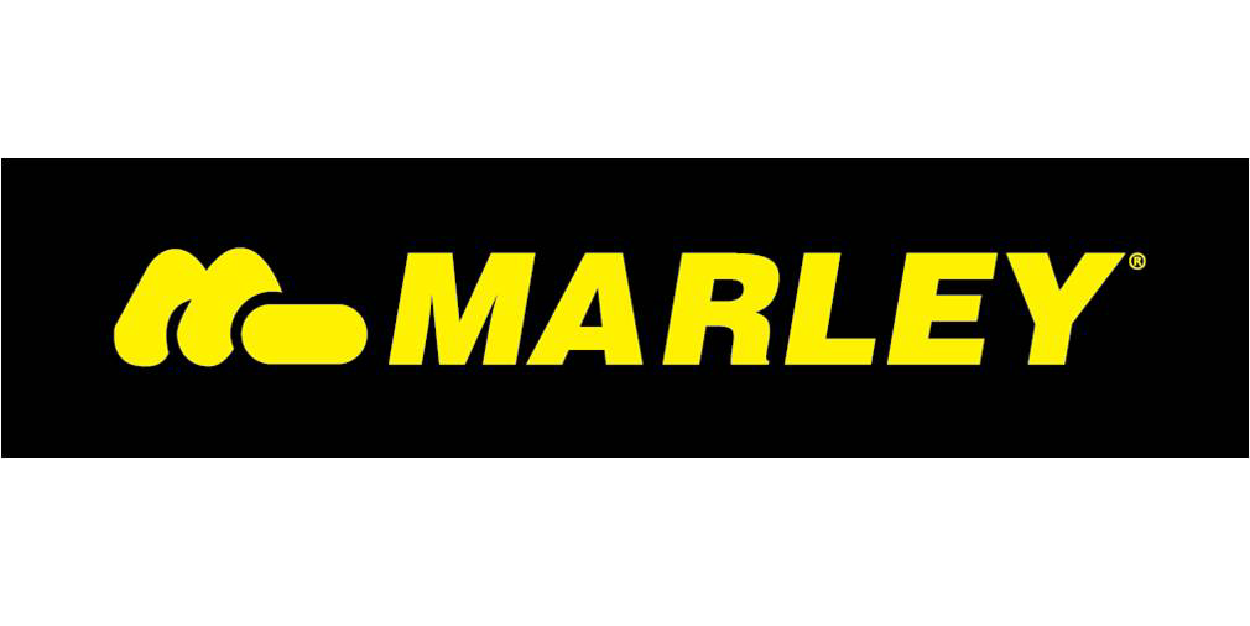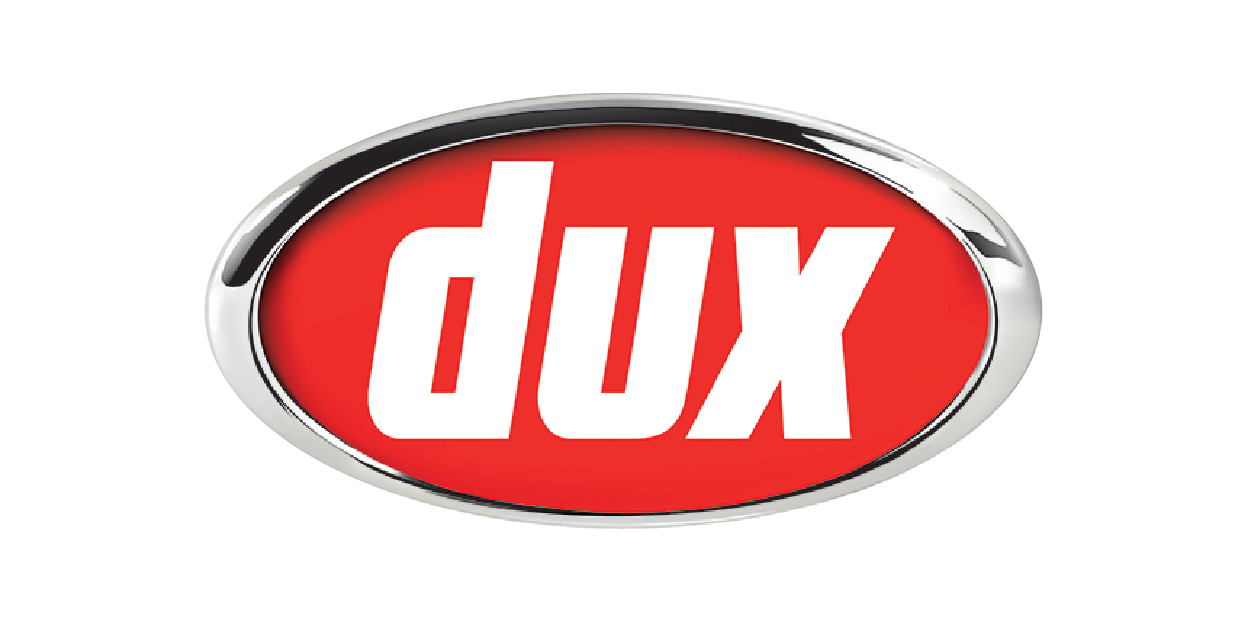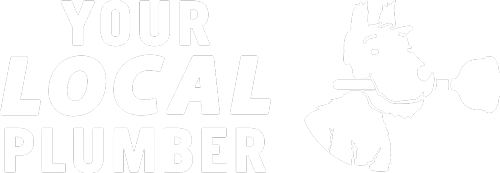
Call Today 09 973 4973 or
Leaks in plumbing systems can occur for various reasons, ranging from natural wear and tear to external factors such as ground movement or temperature changes. Identifying the common causes of leaks can help property owners take preventative measures and address issues before they escalate. Here are some of the most frequent causes of leaks in plumbing systems.
Corrosion
Corrosion is a primary cause of leaks in plumbing systems, particularly in older properties with metal pipes. Over time, the metal can corrode due to the constant contact with water and exposure to oxygen. This corrosion can weaken the pipes, eventually causing them to develop leaks. Galvanised steel and copper pipes are particularly prone to corrosion, while newer materials like PVC and PEX are more resistant to this issue.
High Water Pressure
High water pressure can put excessive strain on pipes and fixtures, leading to leaks or even pipe bursts. Plumbing systems are designed to handle a certain level of water pressure, and consistently high pressure can weaken joints, seals, and connections, causing them to fail over time. Monitoring and maintaining water pressure within the recommended range can help prevent leaks and prolong the life of your plumbing system.
Clogs and Blockages
Clogs and blockages can cause water to back up in your plumbing system, leading to increased pressure and potential leaks. Blocked drains, toilets, and sewer lines can all contribute to this issue. Regular maintenance and cleaning can help prevent clogs and ensure that water flows smoothly through your plumbing system, reducing the risk of leaks.
Temperature Changes
Temperature changes, particularly freezing and thawing cycles, can cause pipes to expand and contract, leading to leaks. During winter, water inside the pipes can freeze, causing the pipes to expand and potentially crack. As the ice thaws, the pipes may contract, and the cracks can lead to leaks. Insulating pipes and maintaining a consistent indoor temperature can help reduce the risk of leaks due to temperature changes.
Pipe Joint Failures
Pipe joints are often the weakest points in a plumbing system, making them more susceptible to leaks. Leaks at pipe joints can be caused by several factors, including poor installation, excessive water pressure, or corroded fittings. Regular inspections and maintenance can help identify potential issues at pipe joints and address them before they lead to more significant problems.
Ground Movement
Ground movement, such as settling, shifting, or seismic activity, can cause pipes to bend, break, or become disconnected, leading to leaks. Changes in the soil composition, construction activity, or tree root intrusion can all contribute to ground movement that can impact your plumbing system. Identifying potential sources of ground movement and addressing them can help protect your plumbing system from damage.
Tree Root Intrusion
Tree roots can infiltrate underground pipes in search of water, leading to leaks or blockages. As roots grow and expand, they can exert pressure on the pipes, causing them to crack, collapse, or become disconnected. Regular inspections and maintenance can help identify tree root intrusion and address any issues before they cause significant damage to your plumbing system.
Age and Wear
Pipes and plumbing fixtures have a finite lifespan, and age and wear can eventually lead to leaks. Over time, materials can weaken and break down, and seals can degrade, causing your plumbing system to become more susceptible to leaks. Regular maintenance and timely replacement of worn-out components can help prevent leaks and extend the life of your plumbing system.
In conclusion, understanding the common causes of leaks in plumbing systems is crucial for effective prevention and maintenance. By addressing these issues and investing in regular inspections and maintenance, property owners can reduce the risk of leaks and the potential damage they can cause.
Improper Installation
Improper installation of pipes, fittings, and fixtures can lead to leaks in plumbing systems. Poor workmanship or the use of substandard materials can result in weak connections, ill-fitting joints, and an overall less reliable plumbing system. Hiring a professional and experienced plumber can ensure proper installation and help prevent leaks caused by incorrect installation.
Damaged Seals
Many plumbing fixtures, such as taps, valves, and appliances, rely on rubber seals or gaskets to prevent water leakage. Over time, these seals can become worn, brittle, or damaged, leading to leaks. Regular inspection of seals and timely replacement can help prevent water leakage and potential damage to surrounding areas.
Fixture and Appliance Failures
Leaks can also occur due to failures in plumbing fixtures and appliances. Examples include dripping taps, leaking toilet flappers, or worn-out washing machine hoses. Regular inspection and maintenance of fixtures and appliances can help identify issues early and prevent leaks from causing damage to your property.
Faulty Water Connections
Faulty water connections, such as those found in water supply lines or appliance hoses, can also lead to leaks. Over time, these connections can become loose or damaged, causing water to escape. Regular inspection and tightening of connections can help prevent leaks and ensure the efficiency of your plumbing system.
Animal Activity
In some cases, leaks can be caused by animal activity. Rodents and other animals may chew through pipes, particularly plastic ones, to access water or create nesting materials. Regular inspection of your plumbing system, especially in areas prone to animal activity, can help identify potential damage and prevent leaks.
Manufacturing Defects
While rare, manufacturing defects in pipes, fittings, and fixtures can sometimes lead to leaks. These defects may include weak points, thin walls, or uneven surfaces that compromise the integrity of the plumbing system. By purchasing high-quality materials and components from reputable manufacturers, property owners can reduce the risk of leaks caused by manufacturing defects.
By understanding the various causes of leaks in plumbing systems, property owners can take proactive steps to prevent and address potential issues. Regular maintenance, including inspections, cleaning, and timely replacement of worn components, is crucial for ensuring a reliable and efficient plumbing system. By investing in professional services and high-quality materials, property owners can minimise the risk of leaks and protect their homes and businesses from the adverse effects of water damage.
Suppliers




